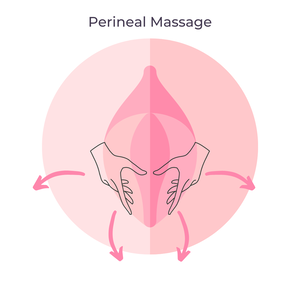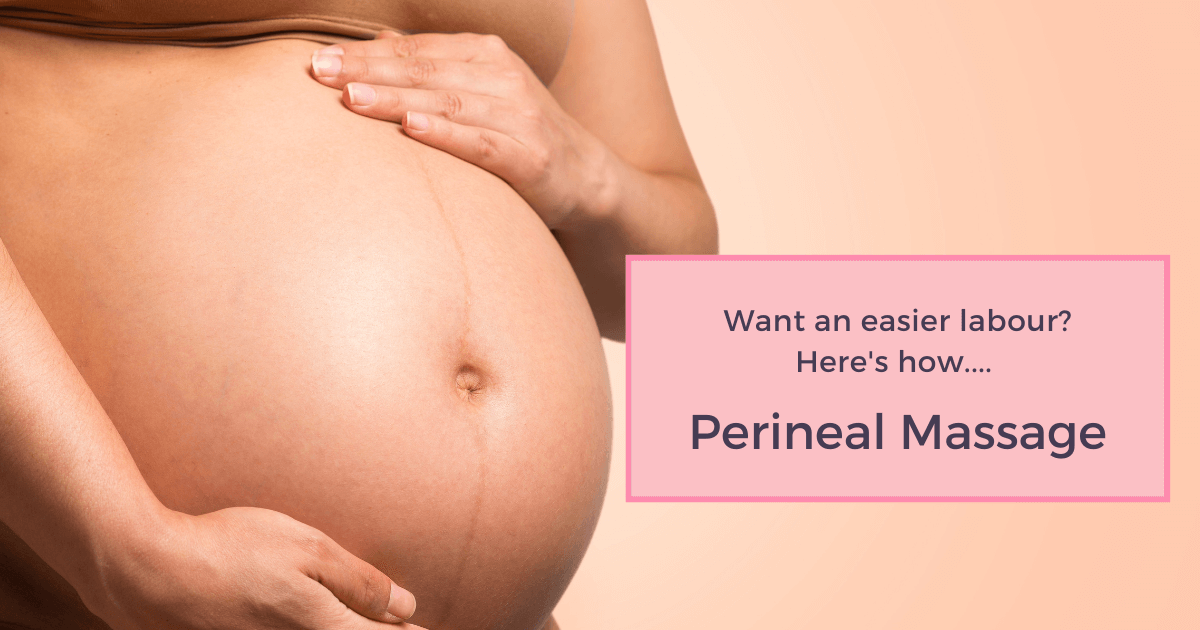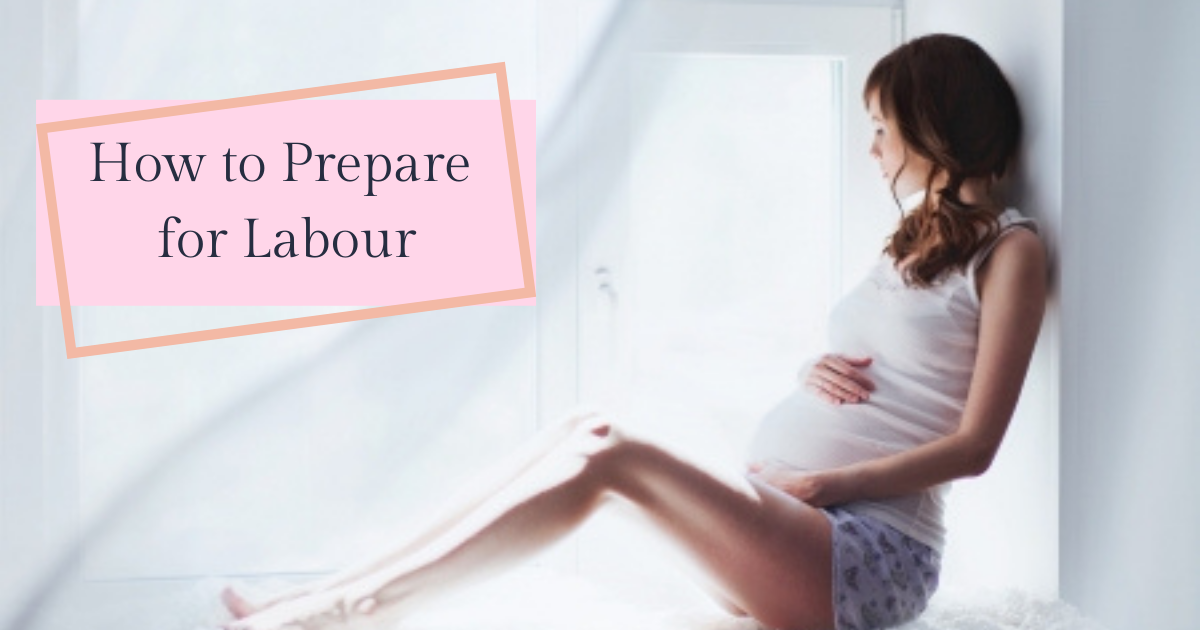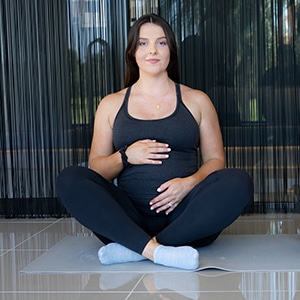Perineal Massage for an easier birth...
Your go-to guide on how to perform Perineal Massage for an easier birth
Perineal massage might sound like some foreign sexual massage technique but it’s really just as simple as its name. Massaging your perineum – the section around the base of your vagina.
Now why would one do this you ask? Well there are several benefits, but the most popular one for mum’s-to-be is it has been shown to reduce the risk of perineal tearing during labour. Yes, finally there is something you can do yourself to reduce the complications of birth. Anything to reduce the risk of pain and the risk of 3rd and 4th degree tears (essentially tearing from your vagina to your anus). Which is extremely unpleasant and has long term effects that can be horrendous. So anything to prevent that is a go to in my book. Now being pregnant, it’s sometimes a bit hard physically to do it to yourself so you can have your partner do it for you so your bump doesn’t get in the way.
Benefits
Perineal Massage increases your blood flow which can help with your tissues stretching. As you know this is very much needed during the labour & delivery process. Sometimes it’s unclear as to how much your tissue will stretch during that process so this is a great way to enhance your tissues ability to stretch. Which may reduce your risk of needing stitches during labour.
Can help with anyone who has had a previous injury or scar in that area. Hello 2nd child!
It can also help you become more aware and familiar with some of the sensations you might experience during labour & birth. Which can help you be more relaxed and mentally prepared for labour.
Lowers your risk of tearing especially 3rd and 4th degree tears.
Significantly reduced your risk of needing an episiotomy.
Decreases your risk of perineal pain after delivering your baby.
My favourite – it can reduce your 2nd stage of labour duration which is a big one for reducing your pelvic floor dysfunction risk. Huge! Get massaging.
When is best
From 34 weeks pregnant 1-2 times/week for a maximum of 5 minutes. Now you might need to build up to the 5 minutes so take it easy. Breathe and relax your pelvic floor and allow your body to reap the benefits.
How to
Empty your bladder first. Wash your hands well, trim your nails or have your partner trim theirs. Either lie down on your back or on your side – if you’re doing it yourself a mirror can be handy and please don’t use your phone camera just in case you accidentally press record and send it to insta.
Using your index and 3rd fingers or using your thumb and 2nd finger whatever you find more comfortable.
Use a water soluble natural lubricant (we like Olive & Bee intimate cream) gently place your fingers inside your vagina around 3-5cm deep.
Gently put pressure on the wall of your vagina in a downwards position towards your anus and out to the sides of your vagina and hold for 60 seconds. You will feel a sight burning, stinging or tingling sensation.
Then gently work the lubricant around slowly like you’re sweeping the lower half of your vagina. Gently maintaining pressure and pulling your perineum (section between your vagina and anus) forward and outward a little as you go. (Away from yourself)
NOTE: A warm compress can help before and after if you are feeling strong sensations.

Perineal massage should not be performed:
Prior to 34 weeks pregnant
If you have been told you have cervical shortening or placenta prevue.
If you have severe blood pressure problems during your pregnancy.
If you have any yeast infections
*Doing it more than 1-2 times/week doesn’t increase the benefits.











